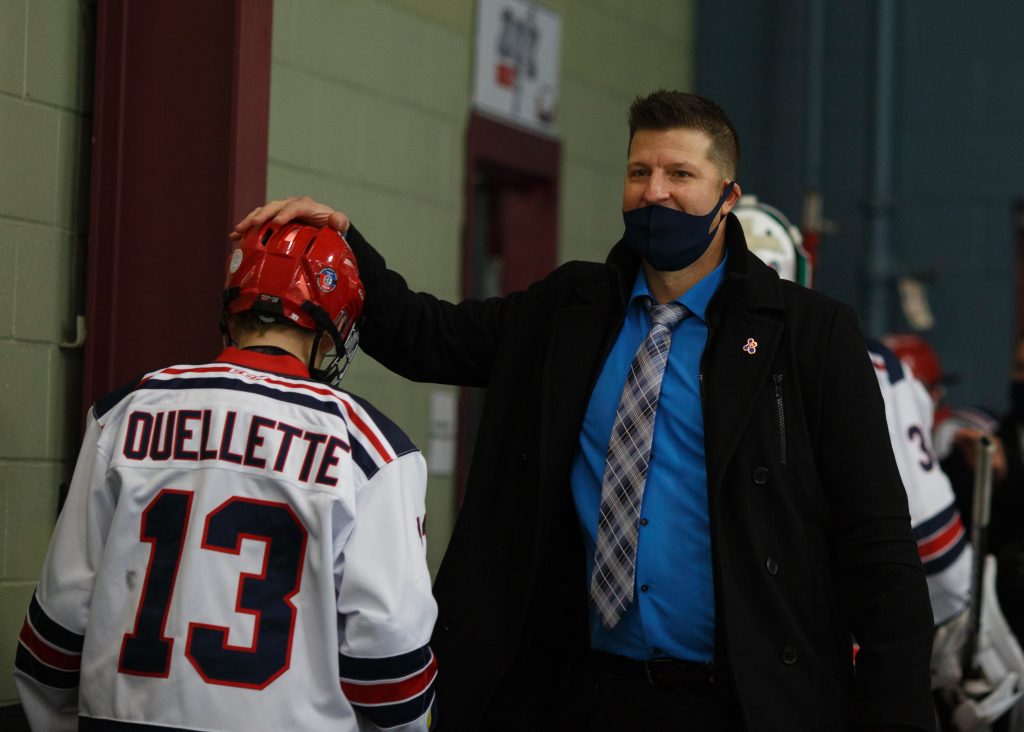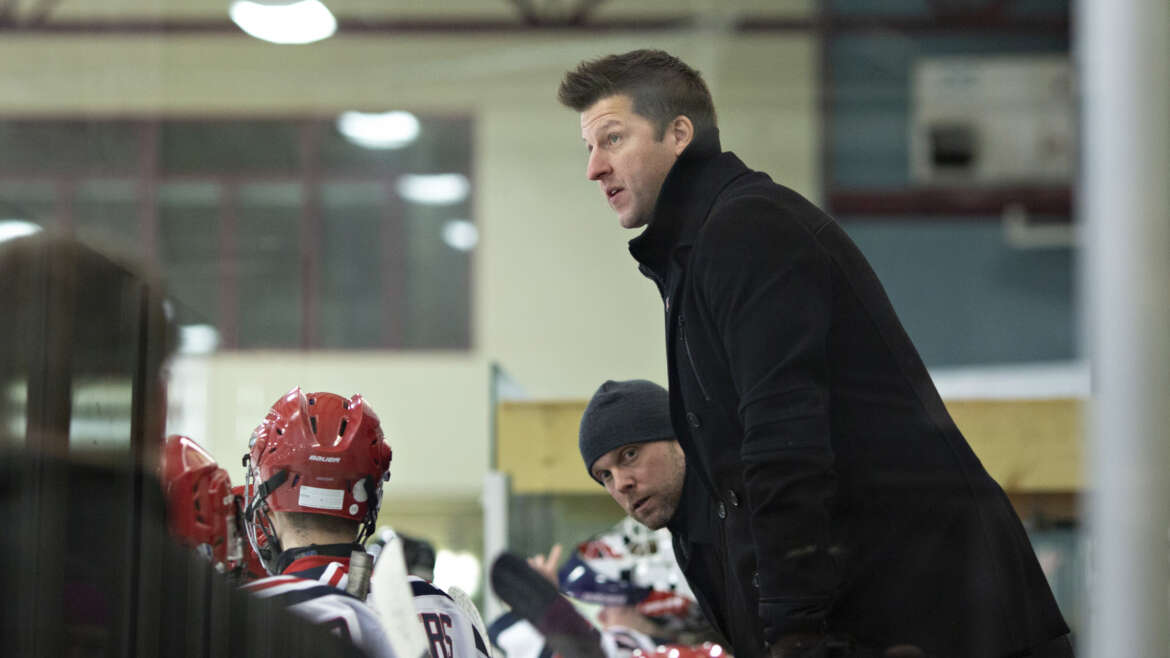In our program, we place a lot of importance on each athlete?s role within our team and how every single one is crucial to our success. At the start of each season, we sit down with the players individually and go over the role they will be playing (to start the year). We also explain to them that their role will be dynamic, meaning it will change during the year. It is essential to start on the right foot and explain it as clearly as possible. We do this knowing that 80-85% of the players will be asked to play roles that would not be their first pick. There?s only one #1 center on any given hockey team, one or two power-play quarterbacks, one starting goalie, etc. These more ?prestigious? roles represent only 10-15% of the team?s total roles. We constantly emphasize the value of EACH one of the roles, no matter the extent of them, and to win a championship, every function needs to be filled to the best of the chosen player?s ability. The common public opinion is that some players are more important than others, but our athletes need to realize that even the smallest of roles are valuable in the grand scheme of things.
We always hear ?accept your role?, but as an organization, we feel this statement is missing something important. How can you accept a role if it?s not clear to you what it is? As much as a big part of the responsibility rests on the coaching staff to communicate efficiently, each player?s task is to make sure he has no doubts on what role he?s expected to fill. Instead of using the coin phrase ?accept your role?, we like to use ?make sure you know your role?. This way of thinking means if a player is unsure, he needs to approach a coach and ask the question, ?what is my role now??. This approach is crucial because the roles will probably change every week. Injuries, performance, and discipline will contribute to having a steady mix and match of roles within a team.
can you accept a role if it?s not clear to you what it is? As much as a big part of the responsibility rests on the coaching staff to communicate efficiently, each player?s task is to make sure he has no doubts on what role he?s expected to fill. Instead of using the coin phrase ?accept your role?, we like to use ?make sure you know your role?. This way of thinking means if a player is unsure, he needs to approach a coach and ask the question, ?what is my role now??. This approach is crucial because the roles will probably change every week. Injuries, performance, and discipline will contribute to having a steady mix and match of roles within a team.
Our coaching staff likes to use the puzzle analogy, where each team member represents a specific piece of the puzzle. The coaches? responsibility is to place the pieces together, while the players? responsibility is to know which piece of the puzzle they represent. All pieces are different in shape but are the same size and of equal value to the team. The top players can try with all their might to fill other players? responsibilities, but doing this will reduce their effectiveness at their own duties. This is clear proof that everyone on our team is as valuable as the next! As they say, a chain is as strong as its weakest link, so every link is as significant as the other. We can?t assume this value; we need to communicate it for a better buy-in and a better chance at succeeding. Every single player is not only valued, but needs to FEEL valued.
Puisqu'il est difficile d'engager pleinement les athlètes ayant des plus petits rôles, plusieurs entraîneurs ne valorise pas cette façon de faire ; nous verrons souvent les équipes, où chaque joueur est très apprécié, réussir.

